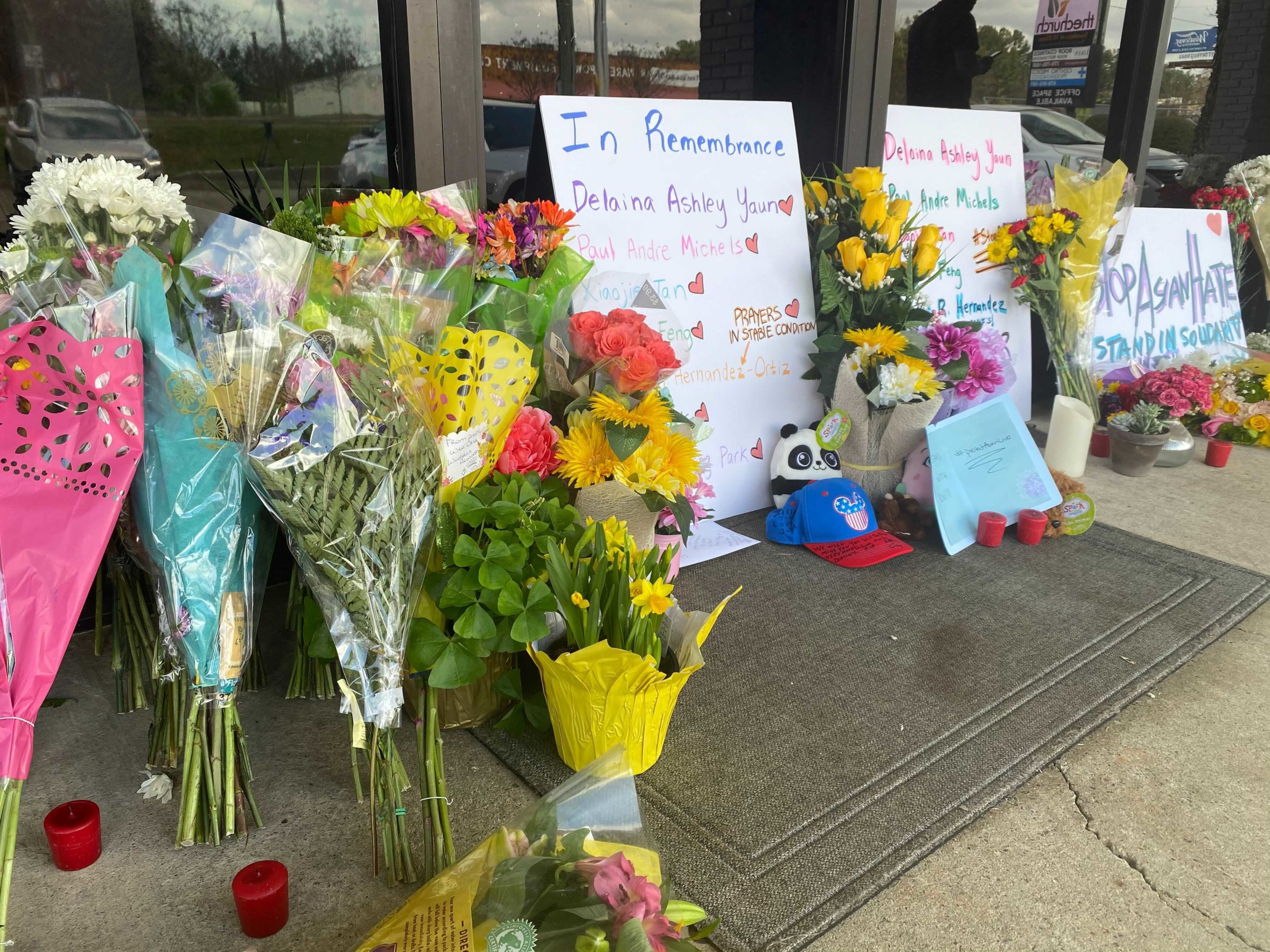Two cofounders of the Climate Leadership Council say they want to combine a carbon tax policy with “supercharged innovation” to carry on the legacy of former Secretary of State George Shultz, a former Hoover Institution fellow who died in February.
“Combining that policy with the innovation agenda is the only winning combination that I can see,” said former Secretary of Energy Ernest Moniz at a virtual Q&A on Wednesday.
Moniz and Tom Stephenson, both cofounders of the Climate Leadership Council, spoke about working with Shultz as part of a speaker series held by Stanford’s Global Energy Forum on Wednesday.
“He’s just a remarkable human being in so many different ways: as a scholar, as a statesman, as a business leader,” Stephenson said.
Shultz’s plan, which was developed with former treasury secretary James Baker, calls for taxing carbon emissions at a per-ton rate and using the revenue from that tax to provide payments to American families. Over 3,500 economists around the country have signed onto the plan since it was published four years ago.
Students are petitioning University president Marc Tessier-Lavigne to sign a letter urging elected officials to put a price on carbon. While the letter does not endorse Shultz’s plan directly, a carbon tax is one of the ways the government can put a price on carbon.
But, Moniz said, Shultz’s plan alone would not be enough to achieve a carbon-free electricity sector by 2035, a goal of President Joe Biden. To achieve this benchmark, he hopes that the next decade is one of “supercharged innovation.”
At the event, Arun Majumdar — engineering professor and former co-director of the Precourt Institute for Energy — mentioned using hydrogen as heating gas and capturing carbon directly from the air as innovations that can be widely adopted if they become cheaper.
Majumdar, who also served in the Biden administration’s transition team, said that these innovations need to be adopted using a “whole government approach” that leverages all the different agencies of the executive branch. Majumdar said additional goals of such an approach are to create jobs but also to protect marginalized communities.
“They need to be in the room where it happens, in Hamilton’s words,” he said.
